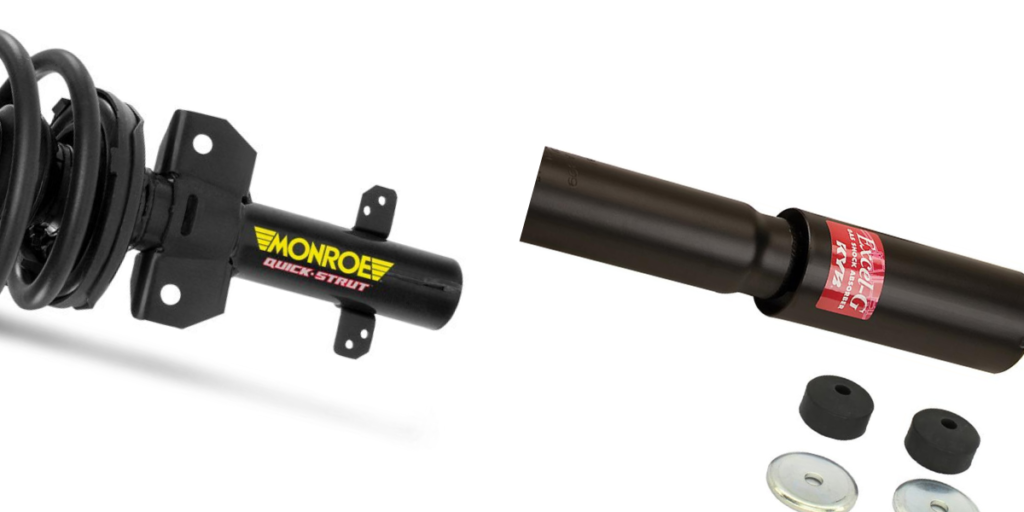A radiator’s job is to regulate the temperature of a car’s engine. Over time, due to increased temperature and high pressure of the system, coolant hoses and radiator caps deteriorate. The deterioration of the hoses and radiator cap can cause damage to the engine of the car because of sudden overheating and, if left unchecked, may even cause the engine to seize entirely. It is thus essential that you must check the hoses and the radiator cap of your car regularly.
This article will help you identify some of the signs you should be on the lookout for when you check the hoses and the radiator cap before replacing them.
Signs of a faulty Hose
- Puddles of coolant under the car
- Leakages
- Overheating of the car engine
- Rust deposits on the stubs
- Visibly deteriorating condition
Checking the Radiator Hoses
The radiator’s hoses are made of highly flexible rubber that can withstand the high pressure and temperature of the coolant that runs through a car’s engine.
Being subjected to extreme conditions causes the hoses to break down with age. So if you begin spotting puddles of radiator flush or coolant underneath your car, there are likely leakages in the hoses. You can use quick fixes like leak sealants for some time, but eventually, you will have to replace the faulty hose.
Emergence of Cracks
As the radiator hoses deteriorate, tiny visible cracks appear on their outer lining. Due to repeated exposure to heat, pressure, and overall contractions, leaving them unchecked can result in the rupture of the hoses from that very point.
Squeeze test
A squeeze test can ensure if the hose is in optimal condition or not. Upon squeezing a hose, you should be able to feel a firm structure. If it feels either too hard or too soft or too spongy, then it is a definite sign that the hose has worn down and that you need to replace it as soon as possible to prevent any serious damage, like choking the engine.
Replacing the hoses
When replacing a hose, you need to make sure that you buy the correct size.
To remove the hose, you need to unclamp the clips. The clips held in place by screws should be unscrewed with screwdrivers. If the clips have become rusted, you should replace them as well.
Move the hose back and forth to free the hose off the radiator stub. If the hose doesn’t come off easily, take a sharp knife and make a horizontal slit at the point where the hose is connected. Make sure that you do not damage the stub by cutting in too deep.
Put the new hoses in place and clamp them up as before but make sure you don’t damage the hoses by clamping them very tightly.
Tip: Before unclamping the clips, take pictures from your phone to remember the exact placement of the different clips.
Signs of a faulty Radiator Cap
- Coolant begins to appear near the radiator cap.
- White streaks of dried-up coolant appear on the radiator
- The reservoir begins to overflow with the coolant
- Hose collapses during the cool-down period
- Hose bursts
- Engine overheats
Checking the Radiator Cap
A radiator cap’s job is to maintain constant pressure inside the cooling system. It appears as a simple component of the radiator but is essential for the smooth functioning of the system.
The radiator cap ensures that the excess pressure from the radiator is released out. Maintained pressure inside the radiator prevents overheating and coolant loss. In case of a faulty pressure cap, the system stops operating properly.
Safety Concern
Never check the radiator cap while the engine is hot, as the pressure from inside may cause the high-temperature coolant to burst out and cause severe damage.
Condition of the Rubber seal
Check if the rubber seal on the radiator cap is damaged or not. If it is damaged, you need to replace the cap; otherwise, the faulty cap might cause the system to overheat.
Functioning of the Valves
There are two valves present on the cap. Apply pressure on the large relief valve by pressing it on the cap’s spring. A working relief valve would require some effort to press down.
A small working valve at the center of the cap should be able to move freely.
Pressure Test
To ensure the efficiency of the radiator cap, you need to warm the engine up and place a thick cloth over the radiator cap. You then need to move the pressure cap to its first stop but make sure you don’t remove it completely. If you don’t hear a hissing sound, then it is likely that the cap is not maintaining the right pressure in the radiator and should be replaced.
Replacing the Radiator Cap
Replacing a radiator cap is simple; you just need to replace it with a new one. When buying a radiator cap, make sure you read the pressure rating on the cap and purchase the correct one for your car. A radiator cap of a different pressure rating would change the cooling system’s internal pressure, causing it damage.
These easy ways to check hoses and radiator caps can greatly increase your car’s durability. Regularly checking and replacing the hoses and radiator caps of your vehicle can help you optimize your car’s radiator and its engine. Ignoring minor problems can result in damages beyond repair to the engine. Check out this guide on how to stop radiator leaks.
In addition, replacing an engine can cost you a fortune, whereas replacing hoses or radiator caps is cheaper and more economical. While some of the faulty signs between the hoses and radiator cap may overlap, it is better to check the hose and the radiator cap simultaneously to pin down the exact problem.





